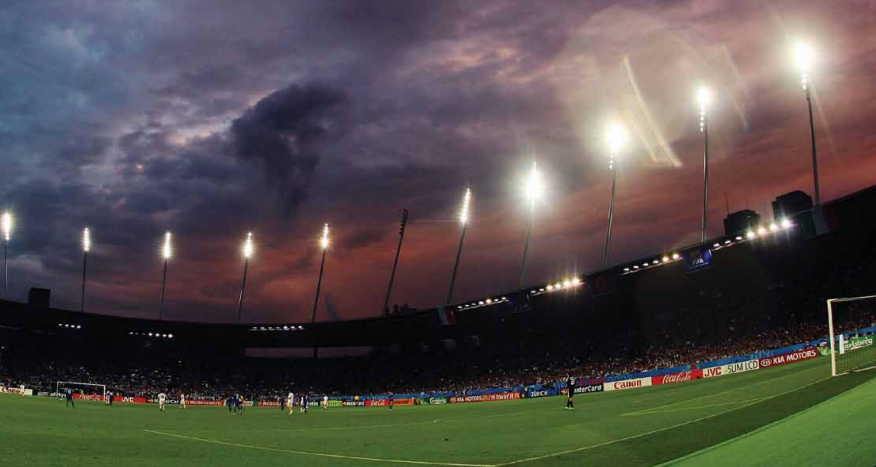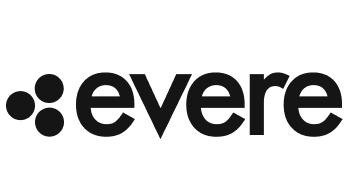
Introduction
Sports lighting is a critical factor in ensuring optimal visibility, player performance, and spectator experience. However, without adherence to established standards, lighting systems may fall short in safety, efficiency, or broadcast quality. This article explores the key international sports lighting standards, their technical requirements, and best practices for compliance across different sports facilities.
1. Why Lighting Standards Matter
Sports lighting standards exist to:
✔ Ensure Safety – Prevent accidents caused by poor visibility or glare.
✔ Optimize Performance – Provide consistent illumination for athletes.
✔ Meet Broadcast Requirements – Deliver high-quality TV and streaming visuals.
✔ Enhance Sustainability – Reduce energy waste and light pollution.
Example: A poorly lit soccer field with uneven brightness can lead to player misjudgments and increased injury risks.
2. Key International Sports Lighting Standards
A. Global Standards
- FIFA Football Lighting Requirements
- Training Fields: 200–300 lux
- Professional Matches: 1,500–2,500 lux (vertical illuminance for TV)
- Uniformity Ratio: ≤1.5 (max/min)
- World Athletics (WA) Standards
- Competitions: 500–1,500 lux
- High-Definition Broadcasts: ≥1,500 lux
- FIBA (Basketball) Lighting Guidelines
- Indoor Courts: 750–1,500 lux
- CRI Requirement: ≥80 for accurate color rendering.
B. Regional Standards
RegionStandardKey Requirement
Europe
EN 12193
Defines lux levels for sports facilities
USA
IES RP-6 (ANSI)
Lighting for outdoor sports venues
Asia
GB 50034 (China)
Mandates glare control & energy efficiency
3. Technical Requirements for Compliance
A. Illuminance (Lux Levels)
- Horizontal Illuminance (Eh): Measures light on the playing surface.
- Vertical Illuminance (Ev): Critical for TV broadcasts (e.g., 1,500 lux for FIFA).
B. Uniformity & Glare Control
- Uniformity Ratio (Uo): ≤1.5 (e.g., max 300 lux / min 200 lux).
- Glare Rating (UGR): <19 for indoor sports (e.g., basketball).
C. Flicker & Stroboscopic Effect
- Flicker-Free Lighting: Required for slow-motion broadcasts (SVM <1.0).
- Stroboscopic Effect: Minimized to prevent athlete disorientation.
4. Lighting Solutions for Compliance
A. LED Technology
- Why LEDs?
- Energy-efficient (50–70% savings vs. HID).
- Instant on/off, dimmable, and long lifespan (50,000+ hours).
- Best Practices:
- Use IP65-rated fixtures for outdoor durability.
- Opt for tunable white LEDs (3,000K–5,600K) for flexibility.
B. Smart Controls & Automation
- Dimming Systems: Adjust brightness based on natural light.
- IoT Monitoring: Track energy usage and detect faults in real time.
C. Light Pollution Mitigation
- Full-Cutoff Fixtures: Prevent upward light spill (IDA/IES compliant).
- Dark Sky Compliance: Required in eco-sensitive areas.
5. Common Compliance Mistakes
❌ Underlighting – Failing to meet minimum lux requirements.
❌ Overlighting – Wasting energy and increasing glare.
❌ Ignoring Vertical Illuminance – Poor TV broadcast quality.
❌ Incorrect Beam Angles – Causing uneven lighting or spillage.
6. Future Trends in Sports Lighting Standards
- AI-Optimized Lighting: Adjusts in real time based on weather or crowd density.
- Human-Centric Lighting (HCL): Enhances player focus and recovery.
- UV-C Disinfection: Integrated lighting for hygiene in indoor venues.
refer: sports lighting solutions swine lights lighting pig farms
